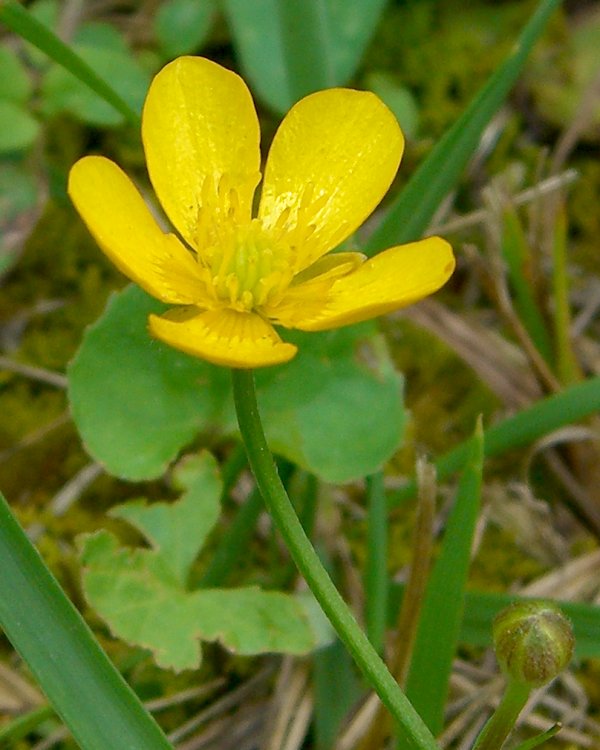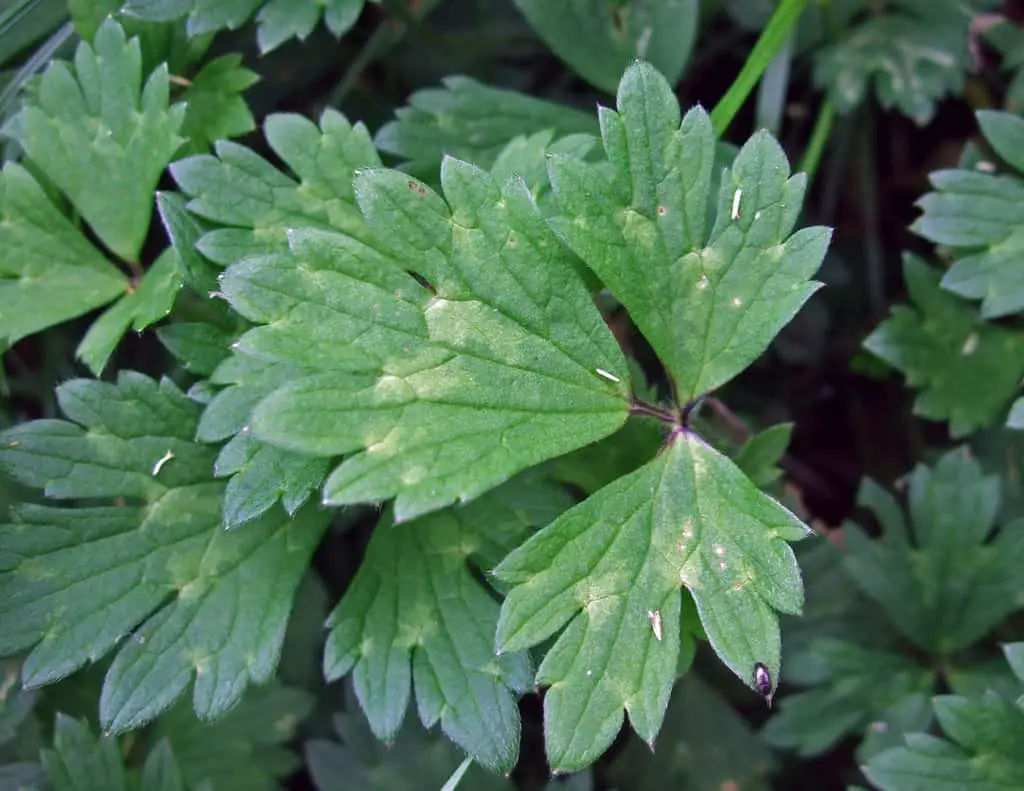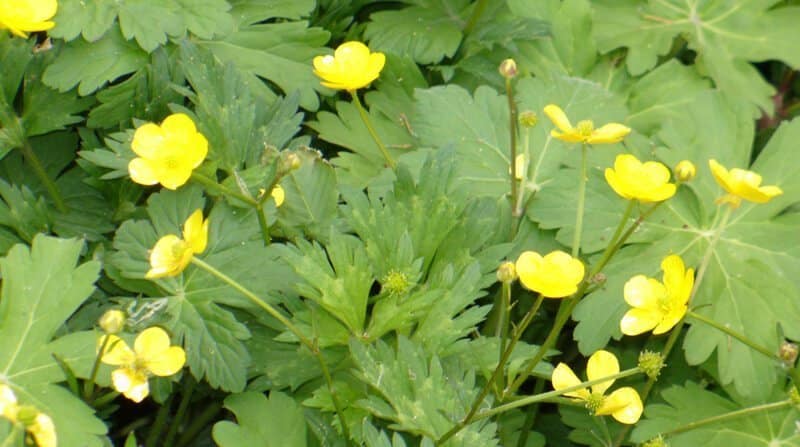

Mascot Crossbar (2,4-D, Flurosulam, Dicamba) Mascot Greenor (Clopyralid, Fluroxypyr, MCPA) Headland Cabadex (Fluroxypyr, Flurosulam)Įverris Praxys (Clopyralid, Fluroxypyr, Fluosulam)īayer Longbow (Mecoprop-p, Dicamba, MCPA)īarclay Holster XL (2,4-D, Fluroxypyr, Dicamba) Headland Relay Turf (Mecoprop-p, Dicamba, MCPA)
Creeping buttercup professional#
Professional products (The user requires the appropriate certificate/s to apply these products) Selective weed killers recommended for the control of creeping buttercup Selective weed killers are more effective during periods of strong growth. Always try and keep chemical use to a minimum. If the weeds are few in number, consider using a spot weeder and just treat the individual plants. Hand weeding can prove effective if the infestation is not too severe, take care to remove the whole plant including the roots and runners.Ĭreeping buttercup is easily controlled with a single treatment of selective weedkiller.

Raking the weed into an upright position prior to mowing will help weaken the weed. Promote healthy turf with good turf care practices, such as applying adequate nutrition and carrying out regular scarification & top dressing etc.Īs creeping buttercup is often an indication of poor drainage, practices, such as regular aeration that promote a dry turf surface will help prevent the weed invading. Prevention and control of creeping buttercup
Creeping buttercup free#
More images and free downloads of Creeping Buttercup Roots: This weed has fibrous roots (see image below)Ĭreeping Buttercup Images (click image to enlarge).The main flowering period of creeping buttercup is between May and August. On the underneath side of the petals are 5 green sepals (green floral leaves) that are somewhat shorter than the petals. Each flower consists of between 5 – 7 glossy yellow petals.

Measuring 20mm – 30mm across they are borne singular or in clusters on long, hairy stalks.

It is an easy weed to recognise with its lovely golden yellow flowers that can add an array of colour if the infestation is widespread. Creeping buttercup is perennial weed and the most common of the buttercups found in turf.


 0 kommentar(er)
0 kommentar(er)
